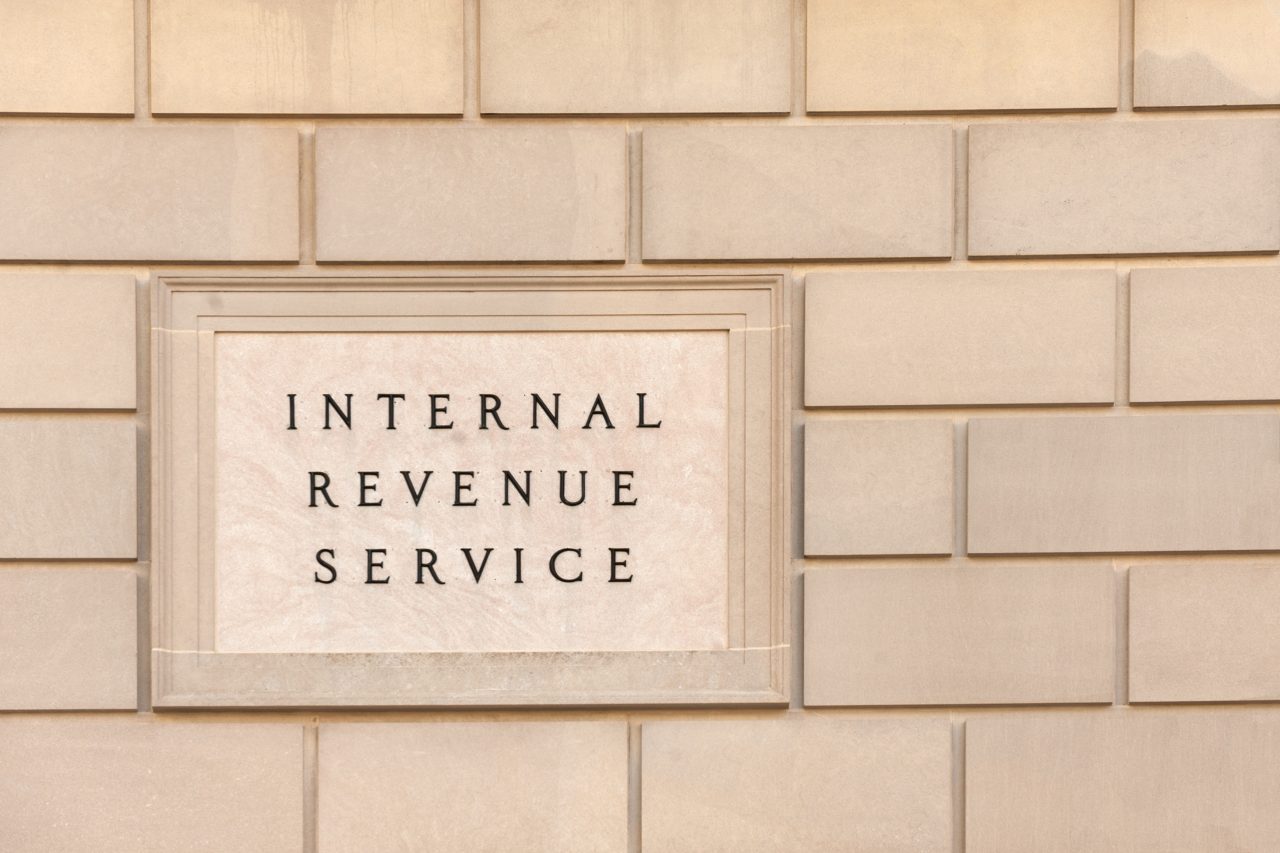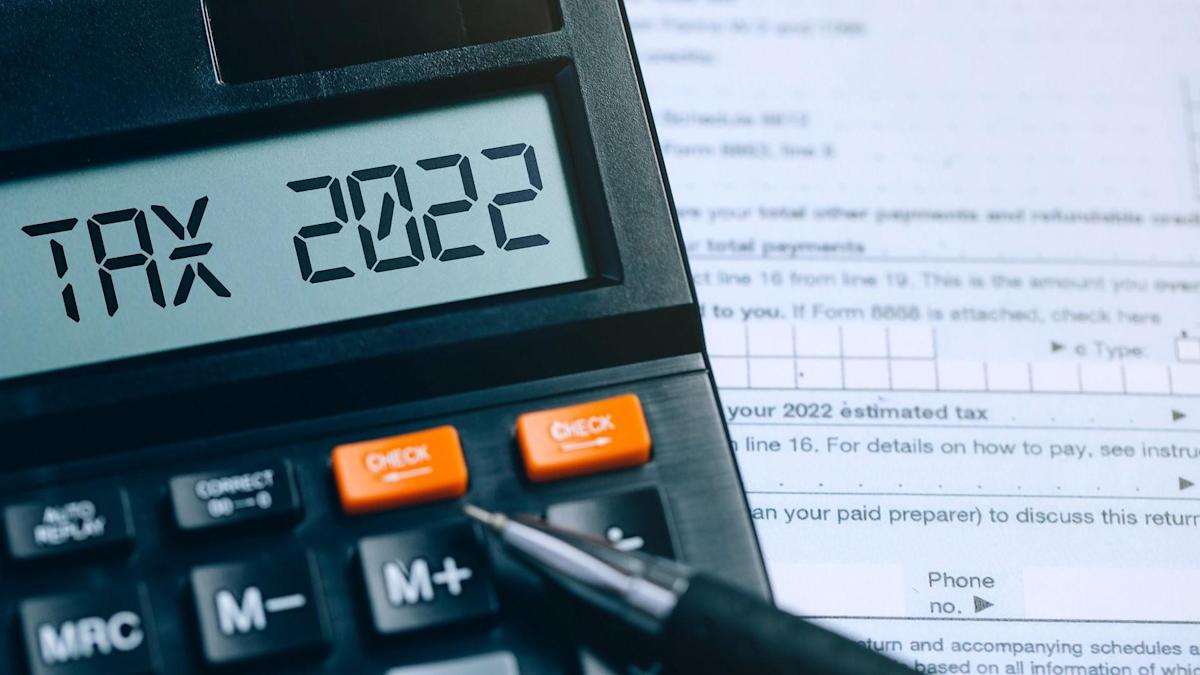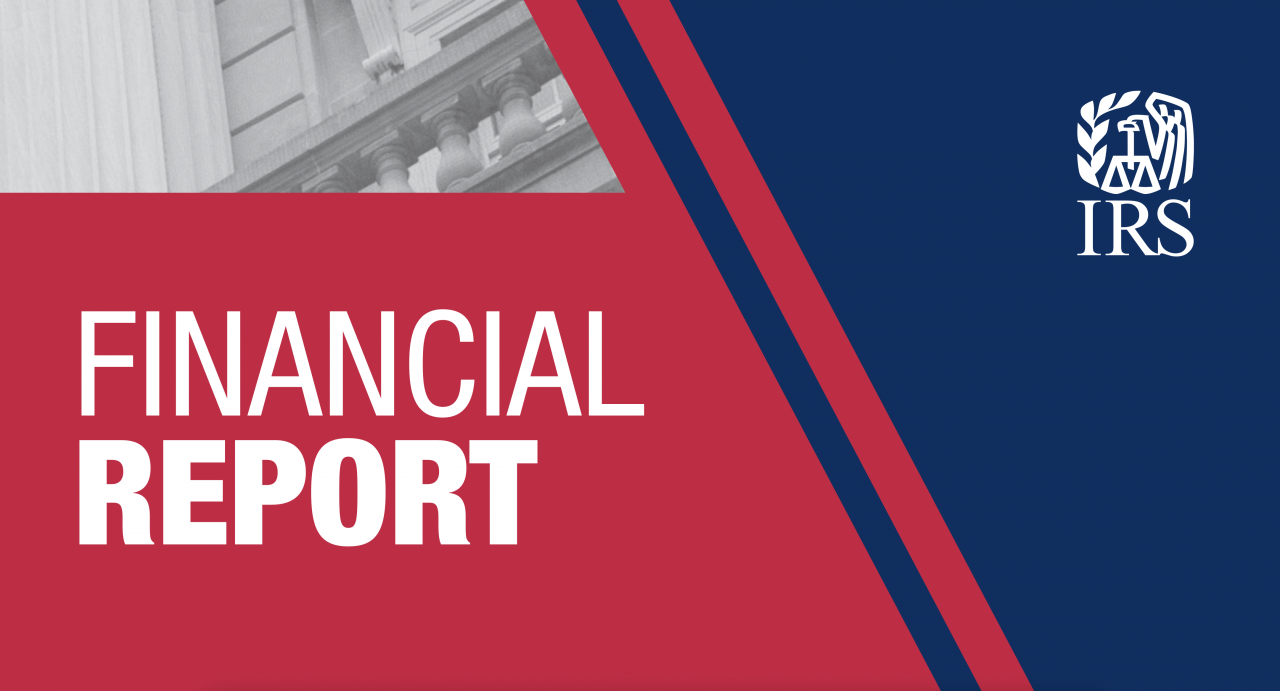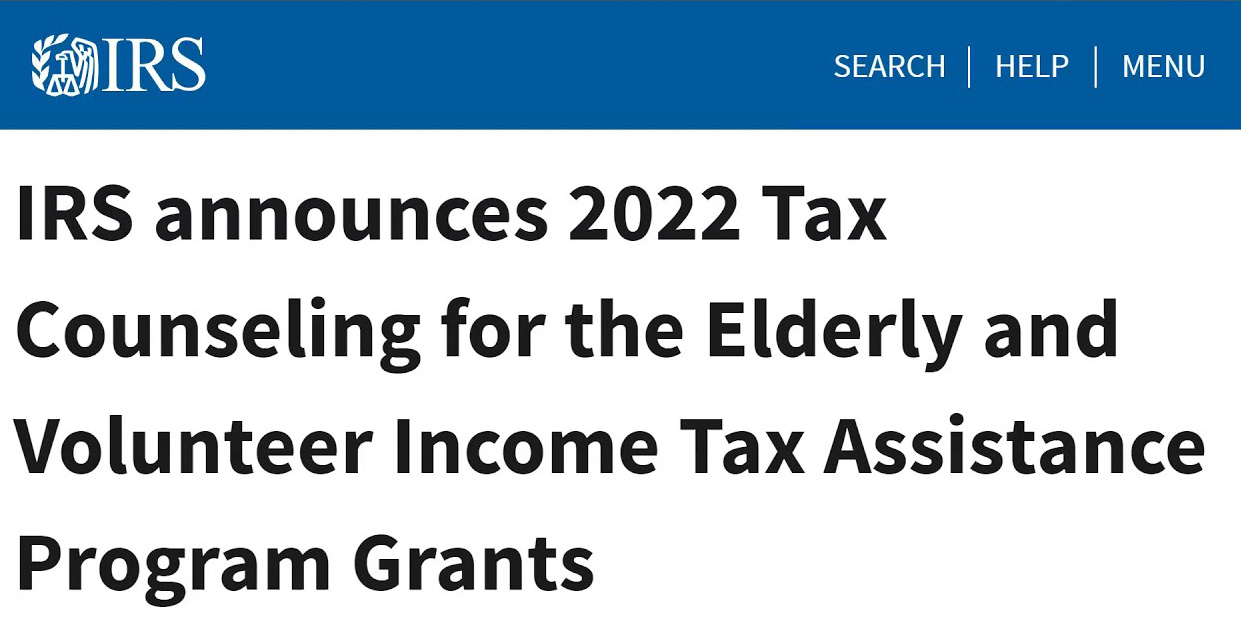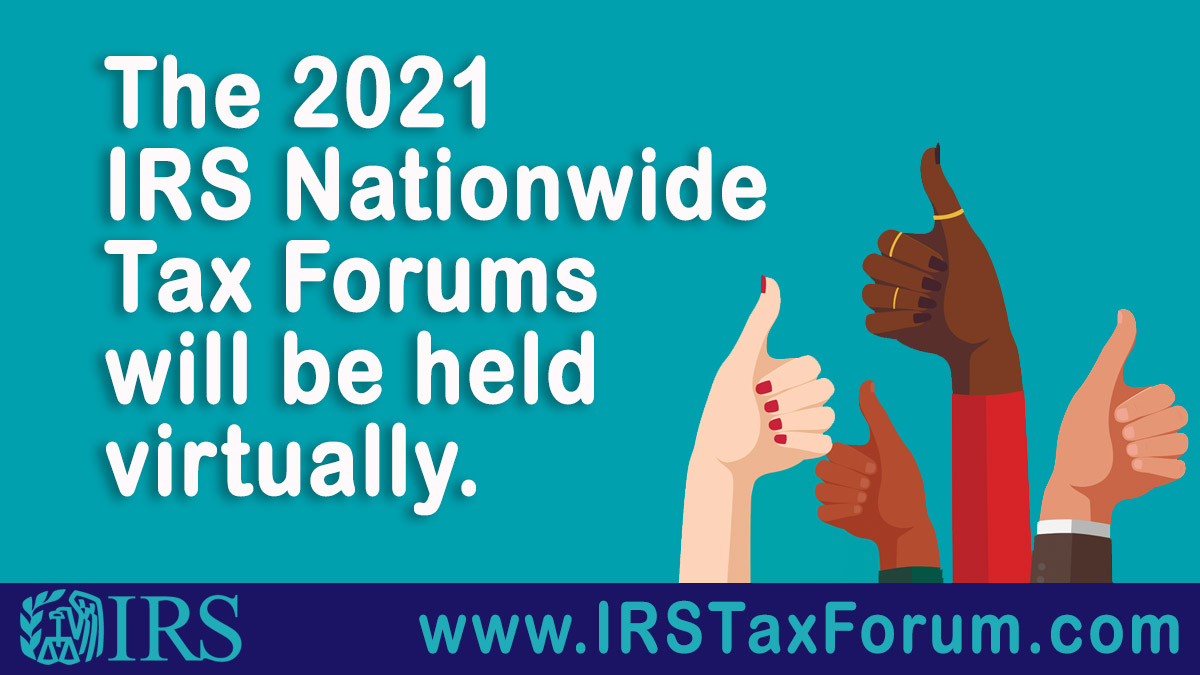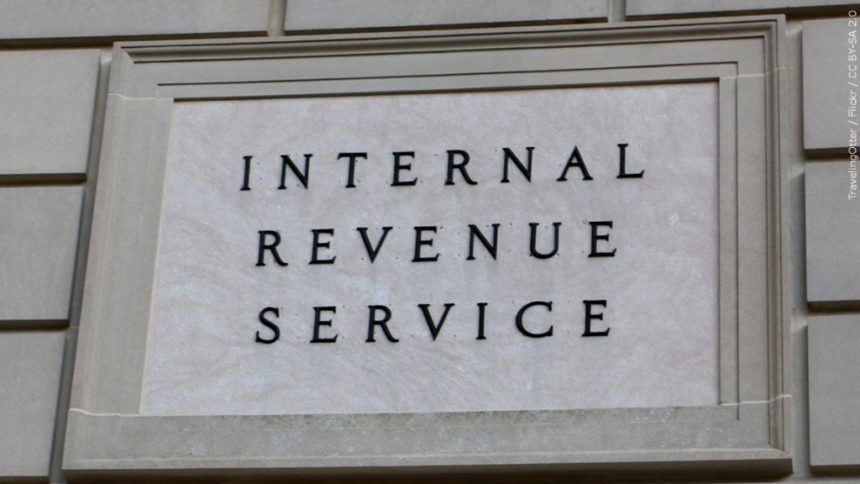The Internal Revenue Service released an advance copy of a set of proposed regulations that can help taxpayers, employers and insurers navigate the complex tax rules surrounding COVID-19 testing and health insurance coverage.
REG-109128-21 includes proposed regulations saying that “minimum essential coverage,” as that term is used in health insurance-related tax laws, doesn’t include Medicaid coverage that’s limited to COVID-19 testing and diagnostic services provided under the Families First Coronavirus Response Act of 2020.
The proposed regulations also have a bearing on the “minimum essential coverage” rules of the Affordable Care Act of 2010. They provide an automatic extension of time for providers of minimum essential coverage to furnish individual statements regarding such coverage, and an alternative method for furnishing individual statements when the shared responsibility payment amount is zero.
In addition, the proposed regs provide an automatic extension of time for “applicable large employers” (typically those with 50 or more full-time or equivalent employees) to furnish statements relating to health insurance that the employer offers to its full-time employees, as required by the ACA.
The proposed regulations released Monday would affect some taxpayers who claim the premium tax credit, health insurers, self-insured employers, government agencies, and others that provide minimum essential coverage to individuals, as well as large employers.
The proposed regulations clarify some of the guidance issued last year in response to COVID-19 relief legislation. Last year, in Notice 2020-66, the IRS said that Medicaid coverage that’s limited to COVID-19 testing and diagnostic services under Section 6004(a)(3) of the Families First Coronavirus Response Act isn’t considered minimum essential coverage under a government-sponsored program. That means an individual’s eligibility for that coverage for one or more months doesn’t prevent those months from qualifying as coverage months for purposes of determining eligibility for the premium tax credit for health coverage. Notice 2020-66 applies to tax years starting in or after 2020.
Notice 2020-66 advised the public that the Treasury Department and the IRS intended to amend the regulations to provide more guidance about Medicaid coverage for COVID-19 testing and diagnostic services. In keeping with that, the proposed regulations propose to amend Section 1.5000A-2 by adding Medicaid coverage for COVID-19 testing and diagnostic services to the health coverage areas listed there that don’t qualify as minimum essential coverage under a government-sponsored program.
Source: AccountingToday

